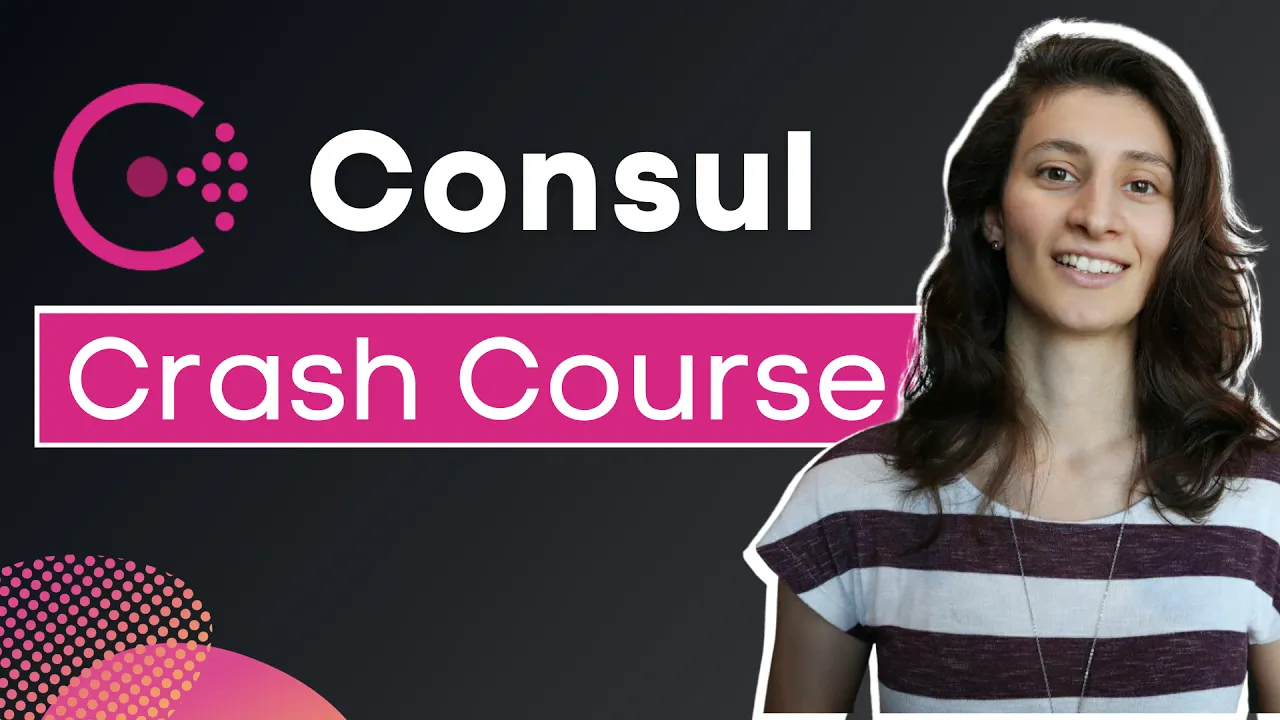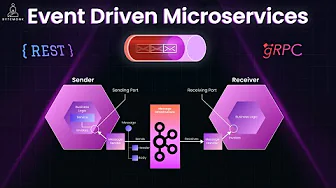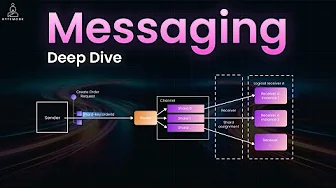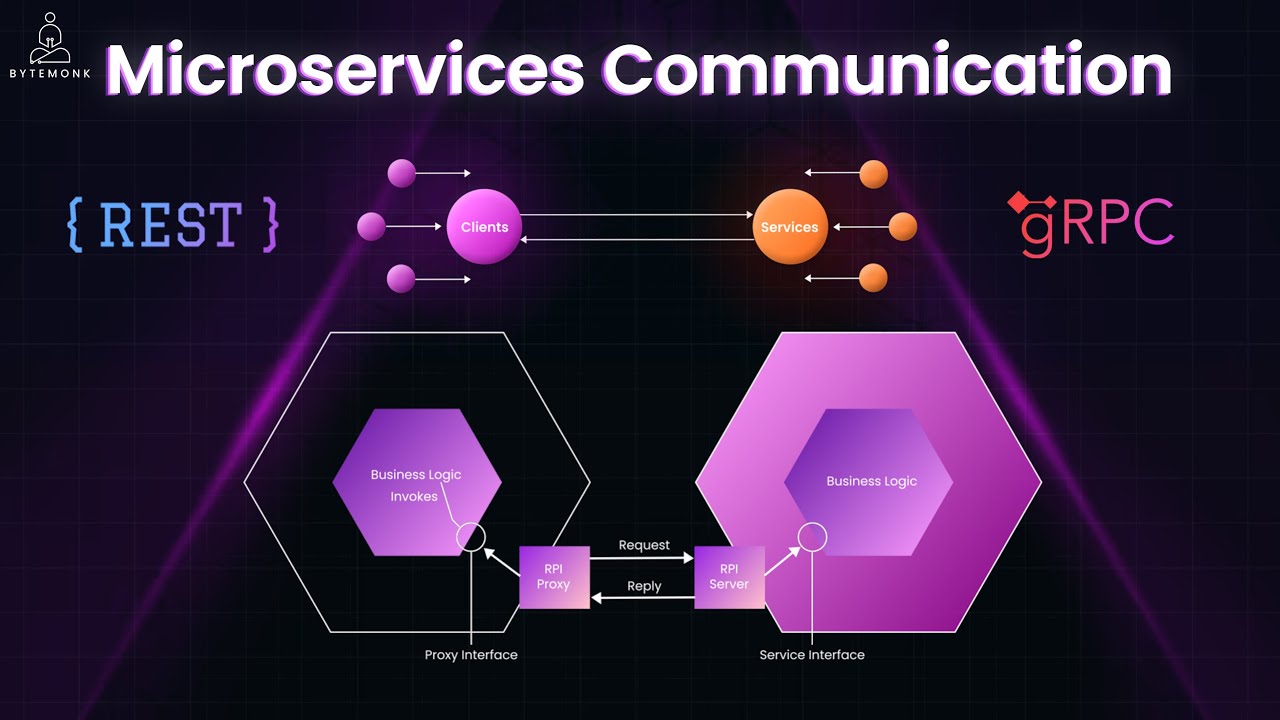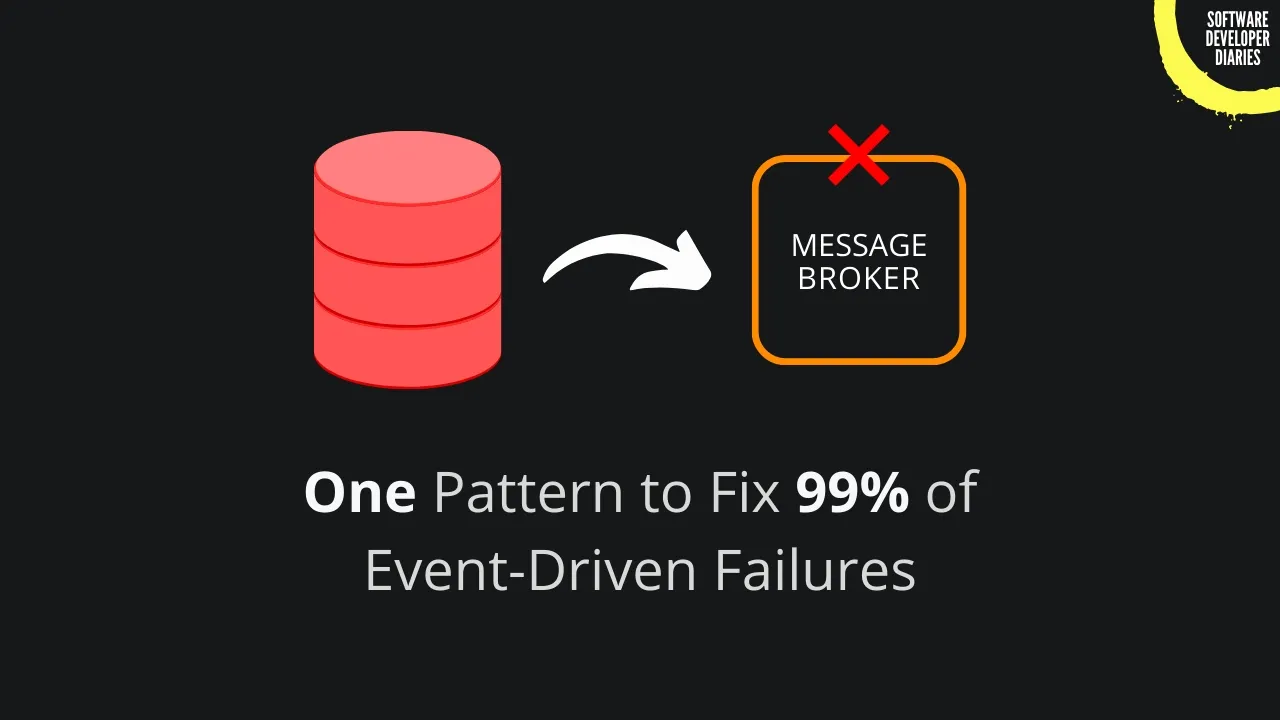Microservices Architecture
Design patterns, implementation strategies, and best practices for building and maintaining microservices-based applications form a critical knowledge base for engineering teams navigating the complexities of distributed system architecture. Microservices architecture breaks monolithic applications into smaller, independently deployable services that communicate through well-defined APIs, enabling teams to develop, deploy, and scale components autonomously while embracing technological diversity where appropriate for each service's specific requirements. Successful microservices implementations require thoughtful service boundaries based on business domains following Domain-Driven Design principles, with each service owning its data and exposing functionality through carefully designed interfaces that hide implementation details and minimize coupling between services. Effective inter-service communication patterns—including synchronous REST or gRPC calls for request-response interactions and asynchronous messaging via event buses or message queues for decoupled, resilient operations—form the backbone of robust microservices ecosystems that can withstand partial system failures. Organizations adopting microservices must invest in operational maturity through comprehensive observability solutions encompassing distributed tracing, centralized logging, and metric collection, allowing teams to monitor service health and troubleshoot issues across complex request paths spanning multiple services. Infrastructure automation becomes essential at scale, with containerization technologies like Docker providing consistent environments across development and production, while orchestration platforms like Kubernetes handle deployment, scaling, and self-healing capabilities that would be unmanageable with manual processes. Mature microservices implementations embrace resilience engineering practices including circuit breakers, bulkheads, timeouts, and retry policies to prevent cascading failures across service dependencies, ensuring the overall system remains operational even when individual components experience degradation or outages.

